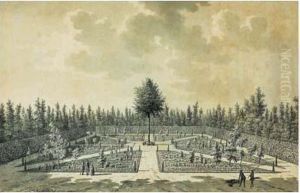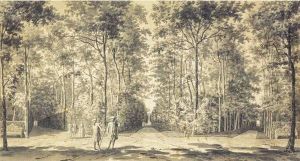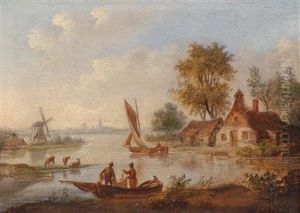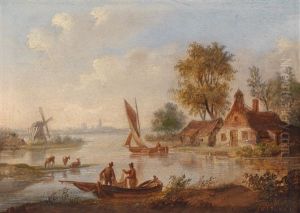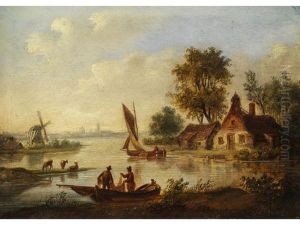Jan Arends Paintings
Jan Arends was a Dutch artist, primarily known for his role as an engraver during the 18th century. Born in 1738, Arends lived during a vibrant period of Dutch art history that followed the famous Golden Age. Despite the fact that the Golden Age is often considered to have ended in the late 17th century, its influence continued to permeate Dutch artistic production well into the 18th century.
Arends was not as widely recognized as the leading figures of the earlier Golden Age, such as Rembrandt or Vermeer, but he contributed to the artistic landscape of the Netherlands through his engravings. His works may have included depictions of landscapes, portraits, and possibly religious or historical scenes, which were common themes at the time. Engraving was an important medium for reproduction of artworks and the dissemination of visual culture, particularly before the advent of modern printing technologies.
Unfortunately, specific details about Jan Arends' life and works are not well-documented in historical records, and as such, his biography is not as rich or detailed as that of more prominent Dutch artists. This scarcity of information could be attributed to a variety of factors, including the overshadowing fame of contemporaries and the possible utilitarian nature of his engravings, which may have been seen more as craftsmanship rather than high art at that time.
Jan Arends passed away in 1805. The legacy of artists like Arends is often appreciated by historians and collectors who have a keen interest in the breadth of Dutch art beyond the most celebrated figures. His works, if they have survived, would provide insight into the visual culture and aesthetic values of the Dutch in the 18th century, as well as the technical skill involved in the art of engraving.
